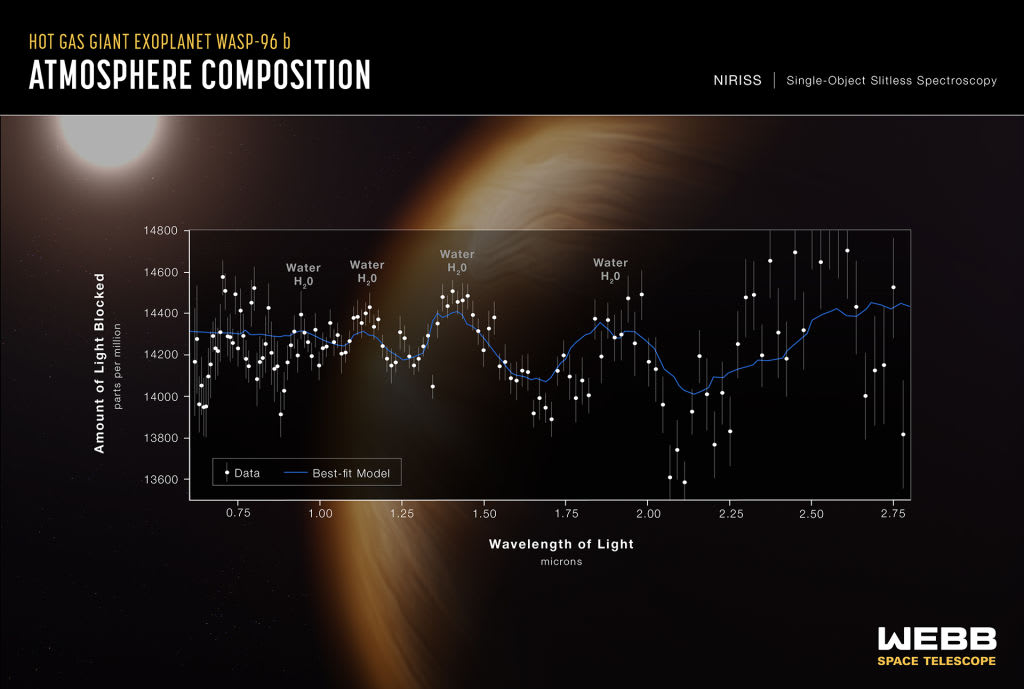NASA researchers are intrigued by a mysterious floating mass in space

A floating mass in space has captured the attention of scientists due to its mysterious origins. NASA has put its James Webb Space telescope on the job of figuring out the exact nature of the mass. This free-floating planetary-mass object is called SIMP 0136. This mass is the size of Jupiter and was first noticed in 2003, traveling on an unpredictable path. It goes through the cosmos without a central star to orbit around it.

Astronomers initially assumed that SIMP 0136 was a rogue planet or a planet that floats freely without being in the orbit of a star. However, certain observations have changed the nature of what it really is. Experts believe that it could be a Brown dwarf, also known as a failed star. They are formed by the collapse of gas clouds without enough weight for nuclear fission, the important step in becoming a “true” star. A team of researchers observed variations in its brightness from the telescope data and it must be the cause of a complex combination of atmospheric factors.

The researchers analyzed two SIMP 0136 rotations and published their findings in The Astrophysical Journal Letters. By monitoring a broad spectrum of infrared light emitted over these two full rotation periods, the team detected variations in cloud layers, temperature, and carbon chemistry. This is the result of James Webb as its Near-Infrared Spectrograph (NIRSpec) and Mid-Infrared Instrument (MIRI) show these hidden features. Emissions of light appear from within the atmosphere of the object and from the upper atmosphere in various wavelengths.

The band of infrared light originating deep within the atmosphere is likely the cause of iron particles. Whereas the light from the upper atmosphere could have the presence of silicate clusters. Some brighter light patches might represent SIMP 0136’s version of an aurora as well. NASA reported that the object is isolated and so is not contaminated by light or variability caused by a host star. Its small rotation durations of just 2.4 hours are also easily and efficiently surveyed. The question remains of its identity and James Webb has initial data to categorize it.

"We haven’t really figured out the chemistry part of the puzzle yet," commented Johanna Vos, the study's principal investigator. "But these results are really exciting because they are showing us that the abundances of molecules like methane and carbon dioxide could change from place to place and over time. If we are looking at an exoplanet and can get only one measurement, we need to consider that it might not be representative of the entire planet," Vos added. Observing the rotation, hundreds of detailed light curves show the change in brightness and color of light.

“Imagine watching Earth from far away. If you were to look at each color separately, you would see different patterns that tell you something about its surface and atmosphere, even if you couldn’t make out the individual features,” explained co-author Philip Muirhead, of Boston University. There are various factors affecting the brightness and dimness of colors along with distinct light-curve shapes. However, these models are taking us one step closer to what the mass might be. This research is a part of Webb’s General Observer Program 3548.























